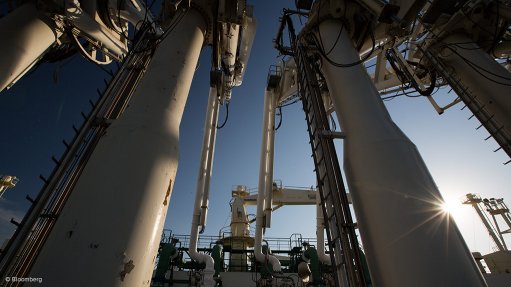
Photo by: Bloomberg
PERTH (miningweekly.com) – The Western Australian government has awarded ASX-listed Strike Energy 'lead agency status' for its West Erregulla gas project.
Under the lead agency framework, the Department of Jobs, Tourism, Science and Innovation will provide the West Erregulla project with case-management for government interfaces, and the coordination of approvals across a range of government departments.
Strike said on Thursday that the lead agency status would assist the company in navigating and expediting the approvals process, and would ensure sufficient communication with the government agencies.
“The lead agency status award from the Premier is recognition of the important role that the Perth basin will play in the state’s energy security. This framework will help Strike meet the permitting and approvals timeline required to deliver gas under Strike’s aspired schedule,” said MD and CEO Stuart Nicholls.
“West Erregulla is one of the largest and lowest cost onshore conventional gas resources in Australia. Gas is an important driver of job and revenue creation in the Western Australian economy, and is an enabler for a rapid reduction in the carbon intensity of our energy system by displacing coal and diesel fired electricity generation which remains widespread throughout the state.
“When coupled with renewables, gas makes a reliable, sustainable and efficient partnership which can support Australia’s aspired emissions reductions.”
Strike recently inked a partnership agreement with infrastructure provider Australian Gas Infrastructure Group to build, own and operate a 50 TJ/d gas plant for Strike’s Phase 1 West Erregulla development.
The 50 TJ/d gas facility will be constructed adjacent to the West Erregulla gasfield with a raw gas trunkline connecting to the upstream development, and will process raw gas to sales specification before delivering it into the transmission network.
The Phase 1 infrastructure is being designed with low cost expansion opportunity to a larger Phase 2 development, including a 250 TJ/d capacity for the sales pipeline.